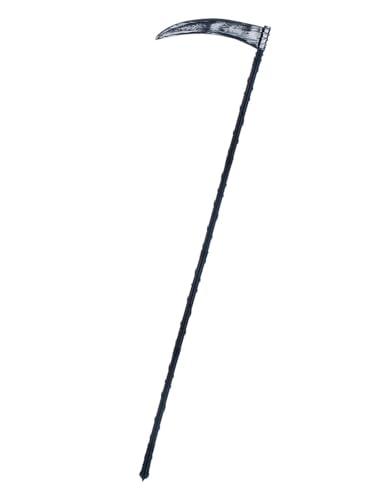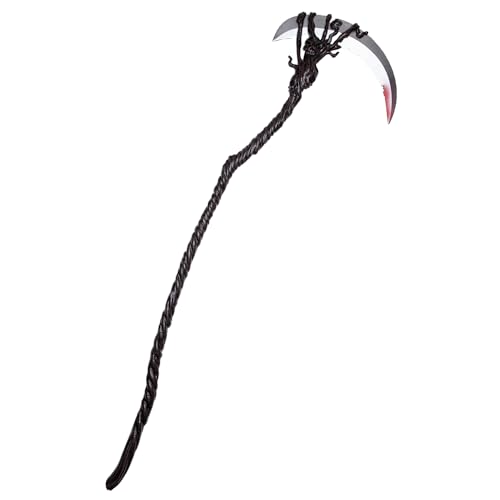Yes, scythes can be used for more than just cutting grass
When most people think of scythes, they envision a tool used for cutting grass in large, open fields. However, scythes have a long history and have been used for various purposes throughout the centuries. From harvesting crops to clearing weeds and even in martial arts, scythes have proved their versatility. In this article, we will explore the different uses of scythes beyond cutting grass.
Scythes in agriculture
Although the use of scythes in agriculture has largely been replaced by modern machinery, there are still instances where scythes can be useful. In small-scale farming or in areas with difficult terrain, scythes can be used to harvest crops such as wheat, oats, and barley. The long, curved blade of a scythe allows for efficient cutting and gathering of crops. Additionally, scythes can be used to clear overgrown areas or to remove weeds in gardens and fields.
Scythes in traditional crafts
Scythes have been used in various traditional crafts, especially in Europe. One such craft is the making of wooden shingles for roofing. Scythes are used to shape and smooth the wooden shingles, creating a neat and uniform look. The curved blade of the scythe allows for precise and controlled cuts, making it ideal for this particular craft.
In addition to shingle making, scythes have also been used in traditional basket weaving. The sharp edge of the scythe blade is used to strip and prepare the necessary materials for weaving baskets. The versatility of the scythe makes it a valuable tool in these traditional crafts.
Scythes in martial arts
Believe it or not, scythes have even been used in martial arts. One such example is the Russian martial art known as Systema. In Systema, practitioners use scythes as training tools to develop their coordination, strength, and technique. The long handle of the scythe provides an effective lever for practicing joint locks and throws, while the blade can be used for striking and parrying.
Scythes are also used in traditional Filipino martial arts such as Arnis and Kali. In these martial arts, scythes are typically represented by a training version called a “tabak-toyok.” The use of scythes in martial arts demonstrates their potential as versatile weapons that can be adapted for self-defense and combat.
Scythes in art and sculpture
Scythes have also found their place in the world of art and sculpture. Artists have used scythes as a medium to create unique and striking works of art. The curved blade and long handle of the scythe can be sculpted and shaped to create interesting forms and textures.
One notable example is the scythe sculptures created by renowned artist Peter Randall-Page. He utilizes the curved blade of the scythe to carve intricate patterns and designs into stone and metal. These sculptures showcase the artistic potential of scythes beyond their practical applications.
Although commonly associated with cutting grass, scythes have a wide range of uses beyond agriculture. From traditional crafts to martial arts and even in the world of art, scythes have proven their versatility and adaptability. Despite modern technology phasing out their use in many sectors, the scythe remains a symbol of craftsmanship, strength, and artistic expression.






